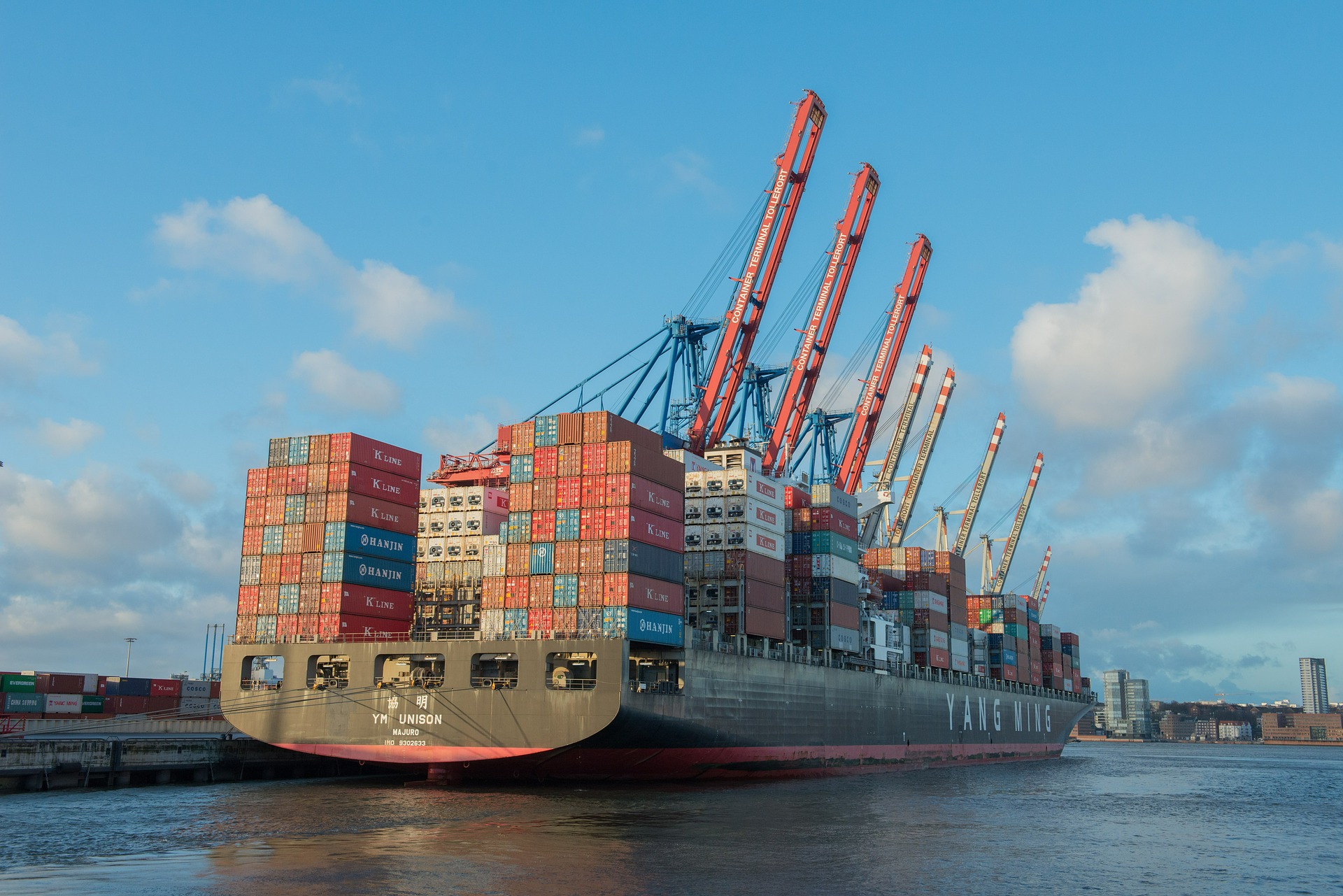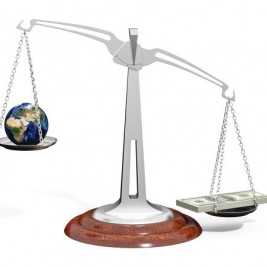
Advertisements
Conceivably, import tariffs are relatively insignificant taxes levied by a country’s government on goods that’re manufactured abroad and brought into said country; just as domestic manufacturers and consumers usually pay taxes when they buy and sell goods, business professionals that bring foreign products into a nation must typically pay some taxes as well (depending upon what’s imported and from where, with respect domestic laws).
In practice, however, many countries use import tariffs to protect certain local industries (by making foreign products uncompetitive due to the levied import tax), raise tremendous amounts of cash, and protect state-operated monopolies.
Let’s take a look at some of these countries now, in the following list of the world’s 15 largest import tariffs!
15. Venezuela—11.8% Import Tariff
Despite international pressure, a runaway socialist regime has usurped power in Venezuela, and the resulting debilitating regulations have affected most every sector of the market, including imports.
14. Ethiopia—13% Import Tariff
Ethiopia’s oppressive regime has, in an effort to secure consistent and readily available funds, placed colossal import tariffs on goods.
13. India—13% Import Tariff
India’s population is the second largest in the world, and the nation’s government officials have long tried to boost the domestic market and wages to offset this excess of labor; one of the ways they’ve done so is by establishing import tariffs.
12. Gabon—13.4% Import Tariff
A relatively stable and oil-rich Central African nation, Gabon features one of the most sizable general import tariffs in the world, owing to its relatively closed-off economy and longtime financial reliance upon France (Gabon gained its independence from France in 1960).
11. Bangladesh—13.5% Import Tariff
Bangladesh’s government has established a considerable import tariff, probably to protect the domestic market from nearby cheap labor (India and Myanmar border Bangladesh to the west and east, respectively).
10. Egypt—13.6% Import Tariff
Similarly to Bangladesh, but even more so, Egypt is surrounded by cheap labor; allowing duty-free imports into the country would therefore undercut Egyptian manufacturers.
9. Sierra Leone—13.8% Import Tariff
Impoverished and led by consistently unaccountable leaders, Sierra Leone has instituted a massive 13.8% import tariff, generally to fund the present regime (other tax revenue is almost non-existent).
Advertisements
8. Barbados—14.2% Import Tariff
Barbados boasts a solid tourism industry, and in an effort to capitalize on this economic sphere and encourage investments, the government has instituted a sizable import tariff.
7. Chad—14.3% Import Tariff
Chad is one of the most corrupt nations in Africa and the world, and its large import tariff has been established to draw funds to the (often-opposed) government.
6. Zimbabwe—14.6% Import Tariff
Like many of the other listed African nations, Zimbabwe’s government is corrupt, and the country’s massive tariff is designed to keep these less-than-desirable regimes funded and in power.
5. Pakistan—16.6% Import Tariff
Pakistan’s high import tariff is likely a result of its proximity to some of the world’s leading exporters, including India, China, and Vietnam.
4. Nepal—16.8% Import Tariff
Nepal’s large import tariff derives from its government’s commitment to protecting local industry, as well as the fact that international import rates are considerable despite this tariff.
3. Sri Lanka—17.6% Import Tariff
Sri Lanka is an island nation off the coast of India, and without this import tariff rate, its markets would likely be flooded with Indian goods.
2. Bhutan—22.7% Import Tariff
Like many other Asian states, Bhutan is concerned predominantly with developing its own markets. Moreover, without a large import tariff, ultra-affordable Indian, Chinese, and Vietnamese goods would dominate Bhutan’s economy.
1. Iran—28% Import Tariff
Since the Iranian Revolution of 1979, Iran has been led by a fundamental, dictatorial government. This government receives a large amount of its liquid capital through this staggering import tariff—the largest in the world.
Thanks for reading, and here’s to hoping that time will allow the described import tariff rates to normalize.



Comments